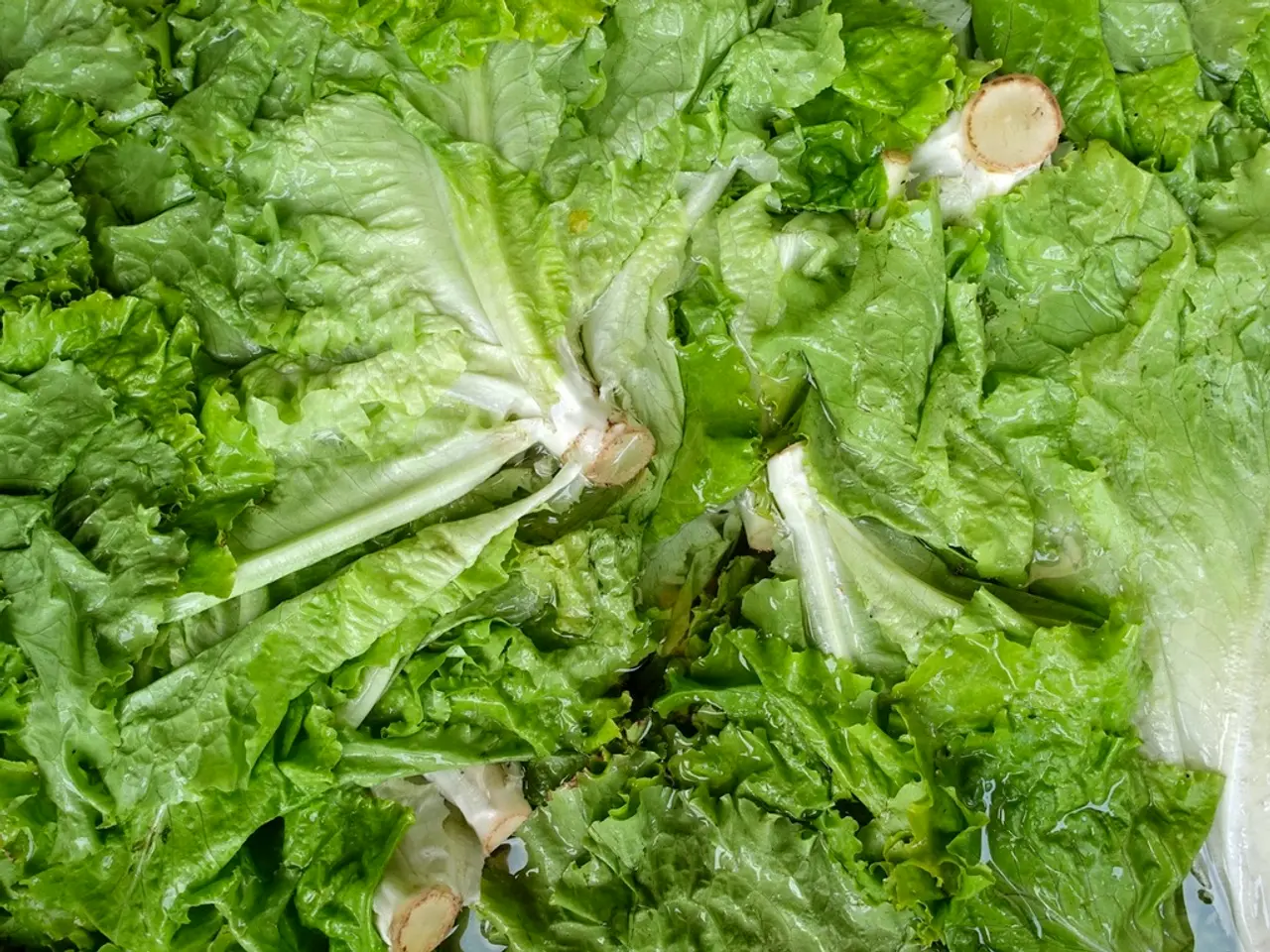Identifying Immature Cantaloupe Plantings in Your Garden: Recognizing Young Cantaloupe Seedlings
Growing Perfect Cantaloupes: A Guide for Gardeners
Cantaloupes, with their sweet and refreshing flavour, are a delightful addition to any garden. Here's a comprehensive guide on how to grow these delicious fruits, from planting to maturity.
Planting Cantaloupes
Cantaloupes thrive in full sun with well-draining soil and a pH between 6.0 and 6.8. The soil temperature for planting should be at least 70 °F (21°C). Cantaloupe seeds should be sown about 1/2 inch deep and spaced about 18 inches apart.
Caring for Cantaloupe Plants
Cantaloupe plants require consistent, even moisture and should not be overwatered to prevent root rot or fungal diseases. Weeds can steal nutrients and water from cantaloupe plants, so it's important to keep the soil mulched and the garden tidy. Fertilizer should be sprinkled around the plant's base, avoiding the leaves, to provide the necessary nutrients.
Common Pests and Diseases
Aphids and powdery mildew are common pests and diseases that may affect cantaloupe plants. Ladybugs can be used to combat aphids, while neem oil or a baking soda solution can help with powdery mildew. Proactive defense against pests and diseases involves inspecting the plants regularly and snipping off any diseased bits before they spread.
Harvesting Cantaloupes
The ripeness of cantaloupes can be assessed by looking for a golden, not green, tinge, a distinct fruity aroma at the blossom end, a hefty weight for their size, and a slightly soft rind where it rested on the ground.
Trellising Cantaloupe Plants
A trellis can be used to encourage vertical growth in cantaloupe plants as they grow. This not only saves space but also helps in fruit development and makes it easier to manage the plants.
Gardening Expert Glen
Glen, a gardening expert with over 15 years of experience in garden maintenance, design, and landscaping services, has recently published posts on garden fungicides, candy cane peppers, and watermelon harvesting. His wealth of knowledge and experience make him an invaluable resource for gardeners.
Storing Cantaloupes
Stored properly in a cool, well-ventilated space with a temperature of around 36 to 41°F (2 to 5°C), cantaloupes can keep their sweet flavor for up to a week.
From Sprout to Maturity
Cantaloupe sprouts have pale green or yellowish cotyledons and thin green stems with small, delicate leaves. The time for cantaloupe seeds to sprout into seedlings generally depends on soil temperature and growing conditions, but they typically germinate within 3 to 10 days after planting in warm conditions. Following germination, the seedlings develop rapidly, and the seedlings with true leaves usually occur within 7 to 14 days after sprouting. From transplant or seedling stage to melon maturity, specific varieties like the Minnesota Midget cantaloupe take about 60 to 75 days to reach full maturity.
Bees are essential for cantaloupe pollination, and the male flowers usually appear before the female flowers, which can be distinguished by a tiny bulge at their base.
Keeping the leaves of cantaloupe plants dry can help prevent diseases. Regularly inspecting the plants for signs of pests and diseases and taking prompt action can ensure a bountiful cantaloupe harvest.
[1] [Source] [2] [Source]
Transforming your home-and-garden this season with a cantaloupe patch is a fantastic idea for those wanting to add a touch of lifestyle that's both visually pleasing and delicious. To ensure your home-and-garden cantaloupe plants remain healthy and productive, implementing gardening tips such as providing full sun, well-draining soil, and regular watering is crucial.




